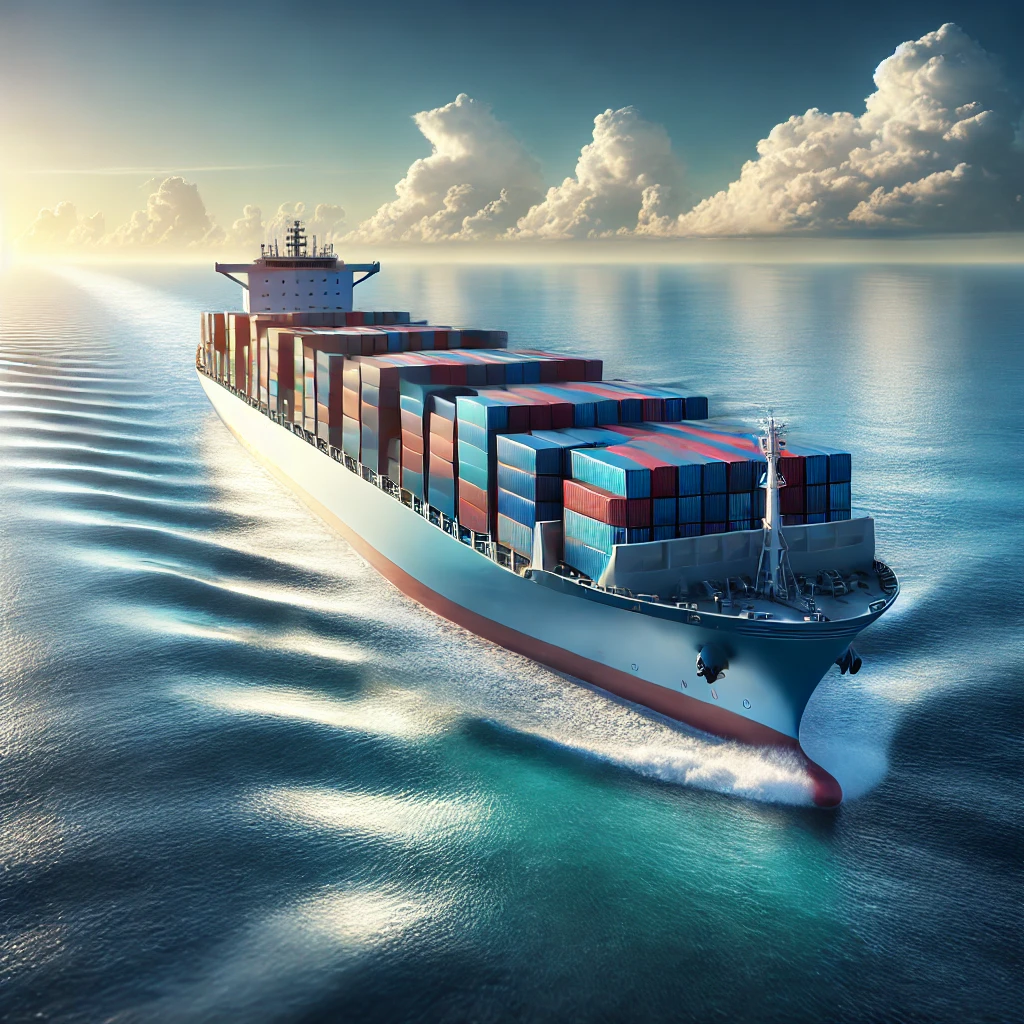The Role of CIF Shipping in Modern Practices
This article explores CIF shipping, breaking down its key components, advantages, challenges, and comparisons with other Incoterms. 🚢📦

What Is CIF Shipping?
CIF (Cost, Insurance, and Freight) is an Incoterm that requires the seller to arrange and pay for the shipment of goods, including insurance, up to the destination port. However, the risk transfers to the buyer once the goods are loaded onto the vessel at the origin port.
📌 Key Aspects of CIF:
✔ The seller covers transportation costs up to the destination port.
✔ The seller must also provide minimum cargo insurance.
✔ Risk transfers to the buyer once the goods are on board the ship.
✔ CIF only applies to sea and inland waterway transport.
💡 Example: A manufacturer in China sells goods to a retailer in Brazil under CIF Rio de Janeiro. The manufacturer arranges shipping and insurance, ensuring the cargo reaches the Rio port. However, if any damage occurs during the ocean voyage, the buyer is responsible since the risk passed once the cargo was loaded onto the vessel.
CIF Shipping Responsibilities
✅ Seller’s Responsibilities
✔ Preparing and packaging the goods for shipment.
✔ Obtaining export clearance and necessary documentation.
✔ Arranging transportation and covering freight costs.
✔ Purchasing minimum cargo insurance coverage.
✔ Delivering the goods onto the vessel at the origin port.
✅ Buyer’s Responsibilities
✔ Taking over risk once the goods are on board.
✔ Handling import clearance, duties, and taxes.
✔ Arranging transportation from the destination port to the final location.
✔ Covering any additional insurance (beyond the minimum coverage provided by the seller).
✅ When to Use CIF?
✔ Suitable for international shipments where the seller has better access to shipping services.
✔ Best for bulk cargo and containerized shipments via sea transport.
✔ Ideal when the buyer prefers the seller to handle the logistics up to the destination port.

Pros and Cons of CIF Shipping
📈 Advantages for the Seller
✔ Full control over shipping logistics – Seller chooses carriers and routes.
✔ Streamlined export process – Seller handles documentation and export clearance.
✔ Predictable costs – The seller can negotiate bulk shipping rates with carriers.
📉 Disadvantages for the Seller
❌ Higher upfront costs – Paying for shipping and insurance increases financial burden.
❌ Complex liability issues – Seller is responsible for arranging insurance but not for damages beyond CIF terms.
📈 Advantages for the Buyer
✔ Reduced logistics burden – Seller manages international shipping.
✔ Lower upfront risk – The seller provides insurance for the shipment.
✔ Convenient for first-time importers – Buyers don’t have to deal with freight arrangements.
📉 Disadvantages for the Buyer
❌ Limited control over carrier choice – The seller selects the shipping method.
❌ Risk transfers early – Even though the seller pays for freight, the buyer assumes risk once the goods are on board.
❌ Insurance coverage is minimal – The seller only needs to provide basic insurance (which may not be sufficient for high-value goods).
CIF vs. Other Incoterms
Incoterm | Who Pays for Transport? | Who Covers Insurance? | Risk Transfer Point | Best Use Case |
CIF (Cost, Insurance, and Freight) | Seller | Seller | Once goods are loaded on the ship | Ocean freight when buyer wants insurance included |
FOB (Free on Board) | Seller (until port) | Not included | Once goods are on the vessel | Common in sea freight |
CPT (Carriage Paid To) | Seller | Not included | At the first carrier | Multimodal transport where seller handles shipping |
DAP (Delivered at Place) | Seller | Not included | When goods arrive at the buyer’s location | When seller manages full transport process |
💡 Key Differences:
✔ CIF includes insurance, whereas FOB and CPT do not.
✔ CIF is sea freight-only, while CPT and DAP can apply to multiple transport modes.
✔ CIF transfers risk at the port of origin, while DAP transfers risk at the buyer’s location.

Tips for Efficient CIF Shipments
📌 For Sellers:
✔ Choose reliable carriers and freight forwarders to minimize risk.
✔ Ensure cargo insurance meets the buyer’s needs.
✔ Provide clear documentation, including the Bill of Lading and Insurance Certificate.
📌 For Buyers:
✔ Verify the quality of insurance coverage provided by the seller.
✔ Arrange inland transportation from the destination port in advance.
✔ Ensure customs clearance is handled properly to avoid delays.
When to Choose CIF Over Other Incoterms?
✅ Best Situations for CIF:
✔ If the seller has better access to shipping and insurance services.
✔ If the buyer wants to avoid handling international logistics.
✔ If the goods are not extremely high value, where basic insurance is sufficient.
🚫 When CIF May Not Be the Best Choice:
❌ If the buyer wants full control over transportation and insurance.
❌ If the buyer requires air or land transport (CIF applies to sea freight only).
❌ If the buyer needs comprehensive insurance coverage, as CIF only provides minimal protection.

The Future of CIF in Global Trade
As international trade evolves, CIF remains a preferred choice for bulk shipping via sea freight. However, digitalization is changing how CIF transactions are managed.
🚀 Blockchain for Supply Chain Transparency – Smart contracts for automated tracking.
🚀 AI-Powered Freight Optimization – Improved efficiency in carrier selection and route planning.
🚀 More Flexible Insurance Options – Custom insurance packages beyond CIF’s basic coverage.
Businesses that leverage digital shipping platforms will benefit from enhanced security, tracking, and cost savings when using CIF terms.
Conclusion
CIF (Cost, Insurance, and Freight) is a widely used Incoterm in ocean freight, offering cost transparency and simplified logistics for buyers. However, buyers should be aware that risk transfers early, and insurance provided under CIF may be limited.
✔ Best for: International sea freight where sellers have established shipping networks.
✔ Challenges: Buyers must ensure they have adequate insurance and understand their responsibilities upon arrival at the destination port.
By mastering CIF shipping, businesses can optimize their supply chain operations and reduce international trade risks. 🚢📦🌍
